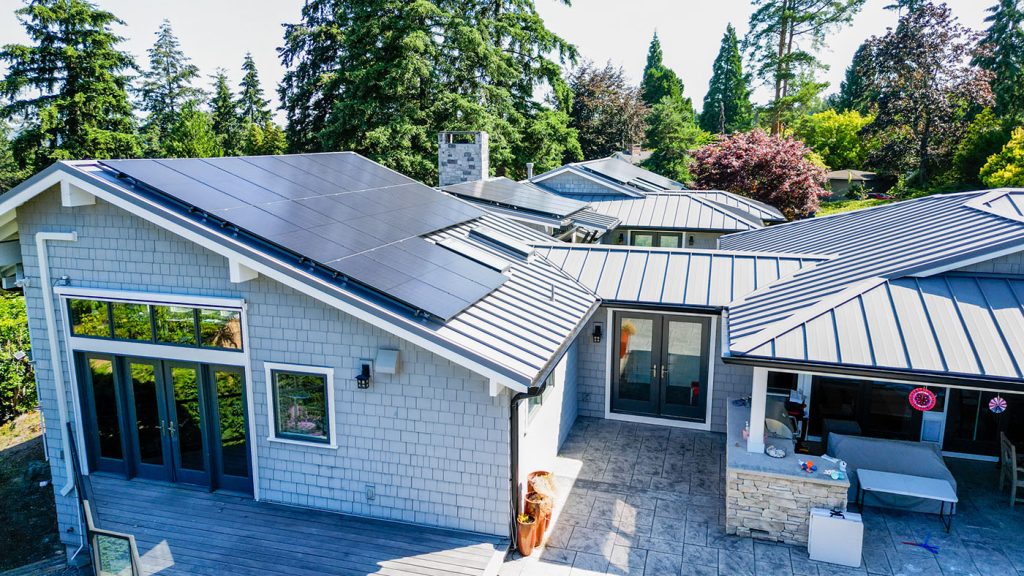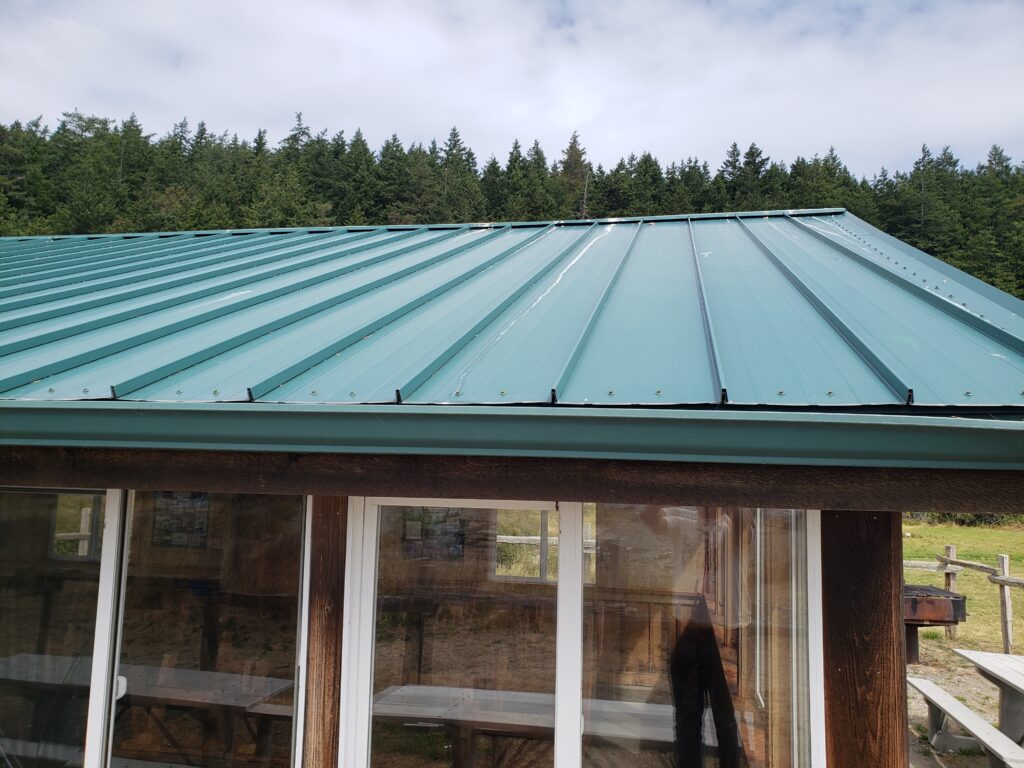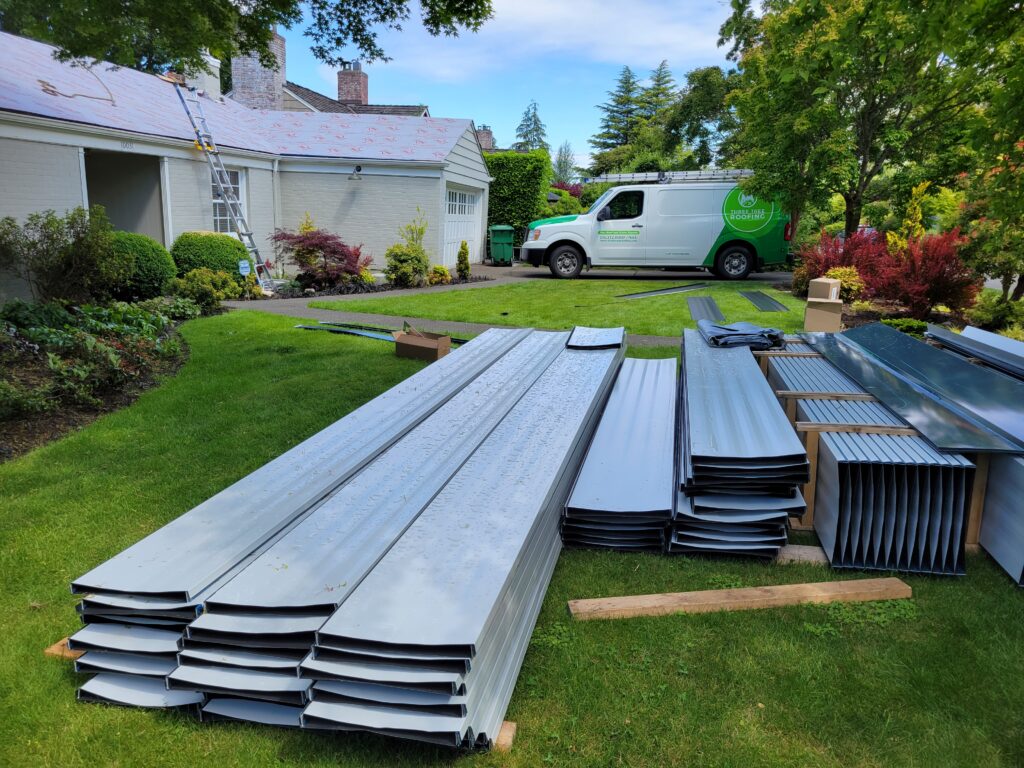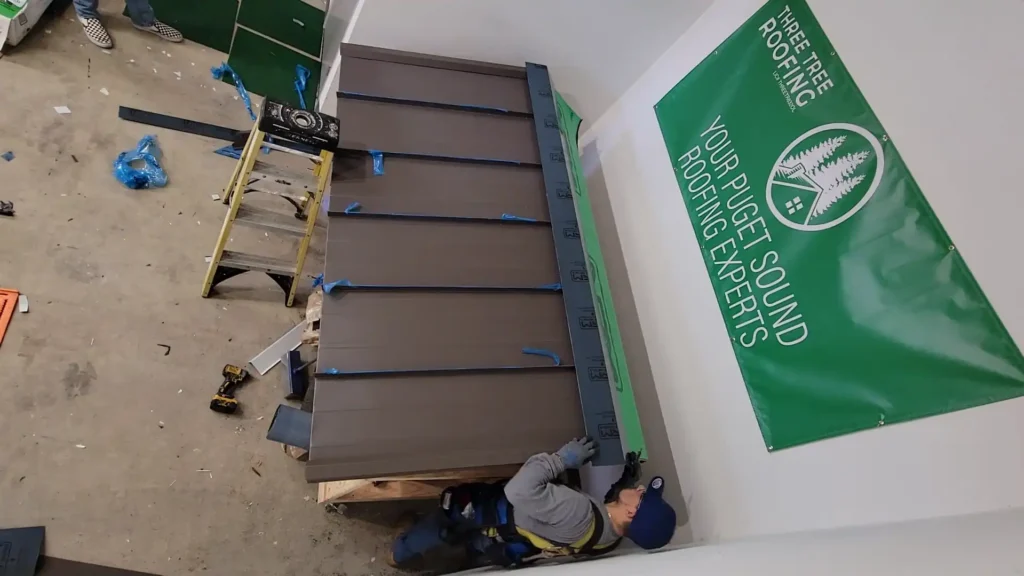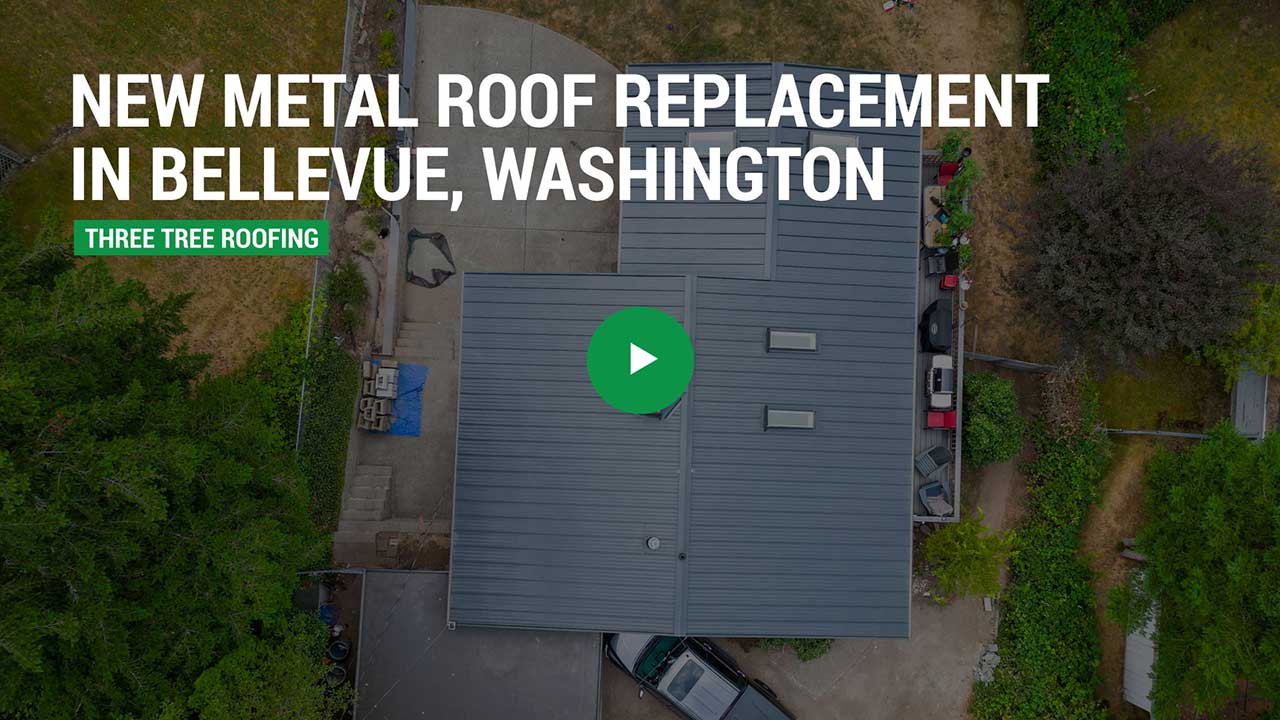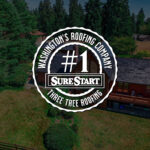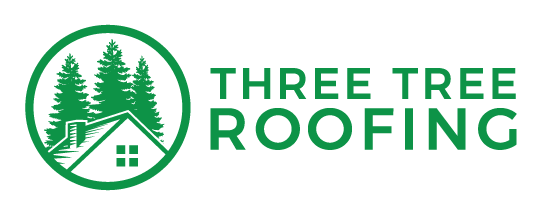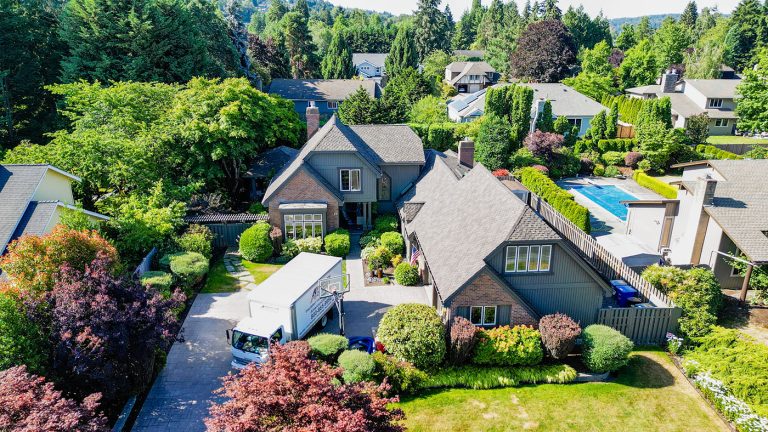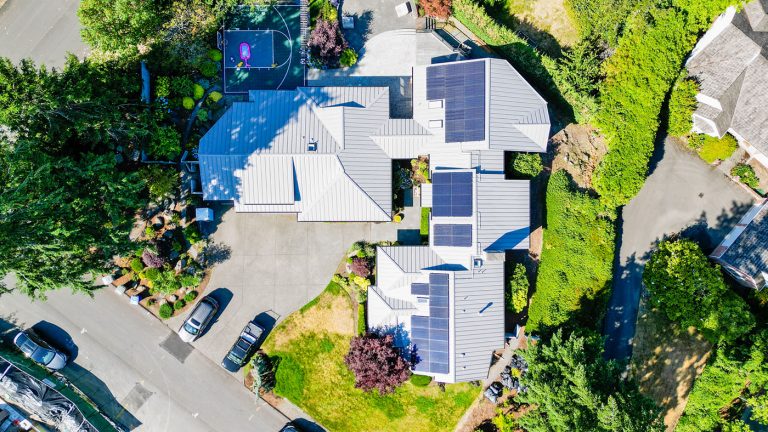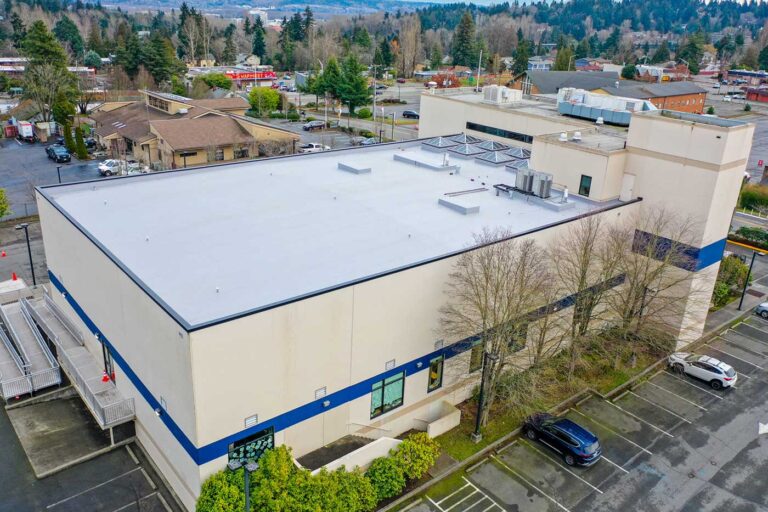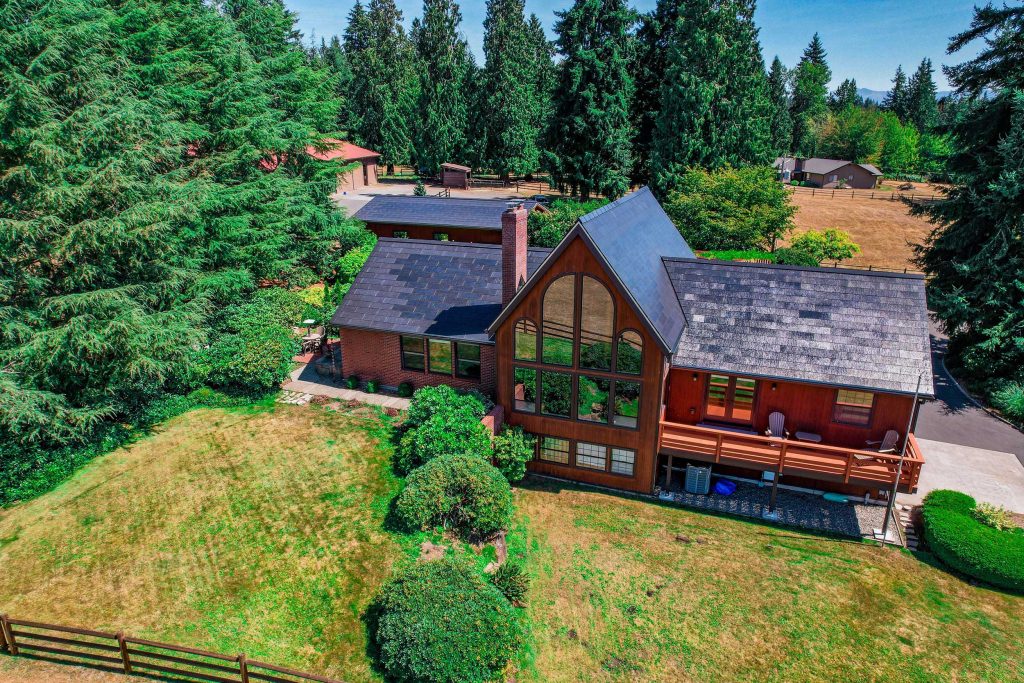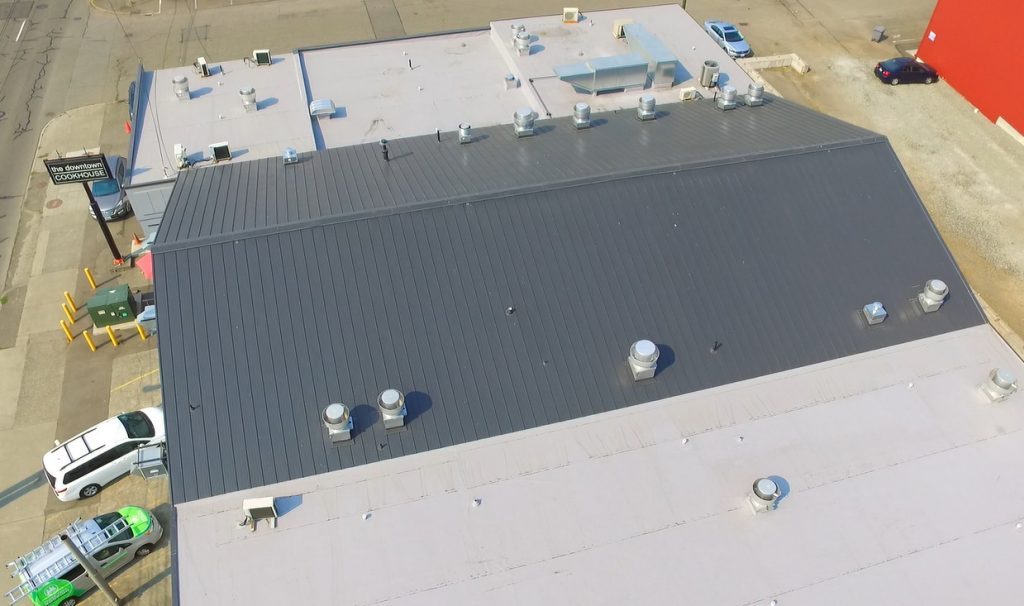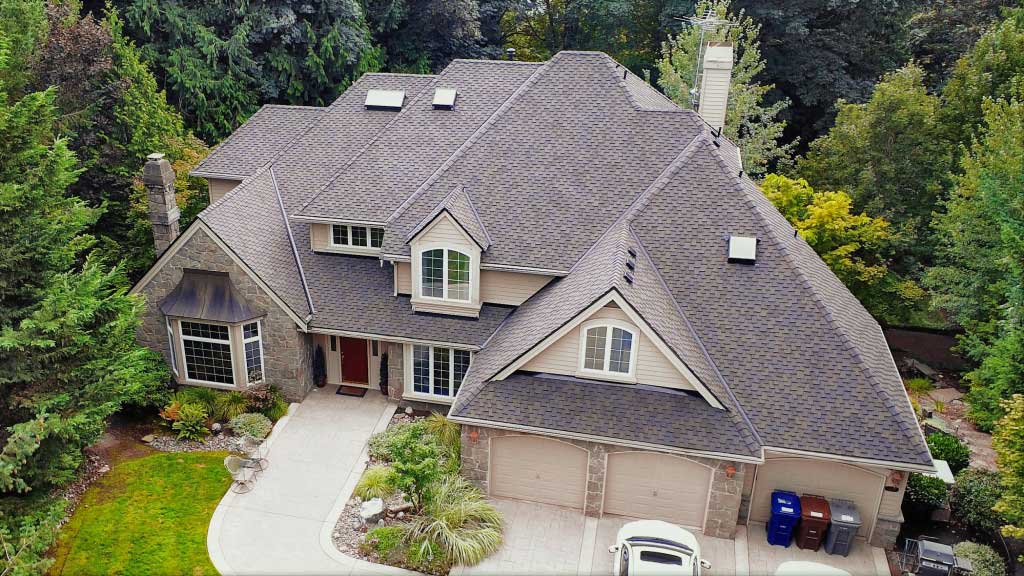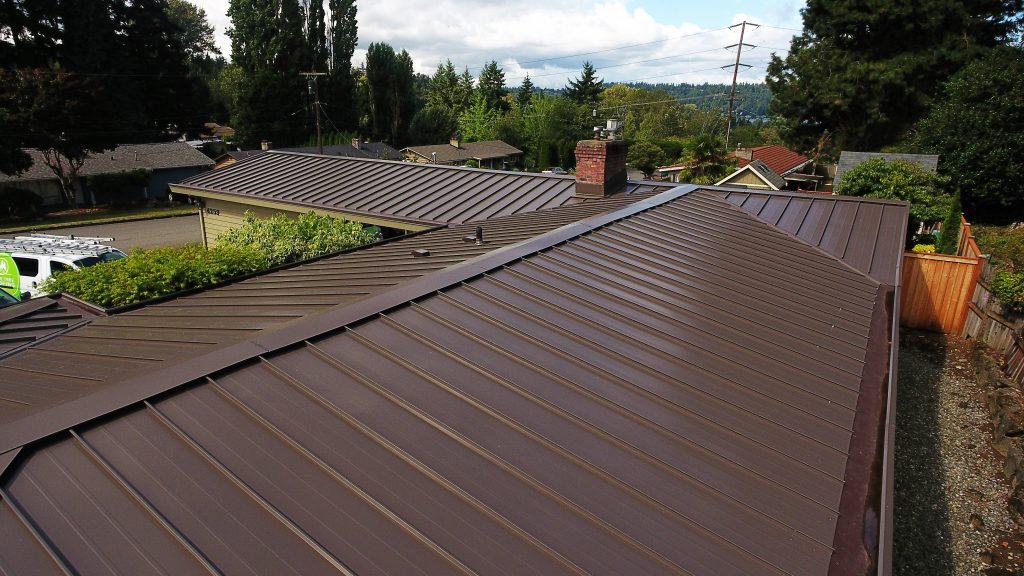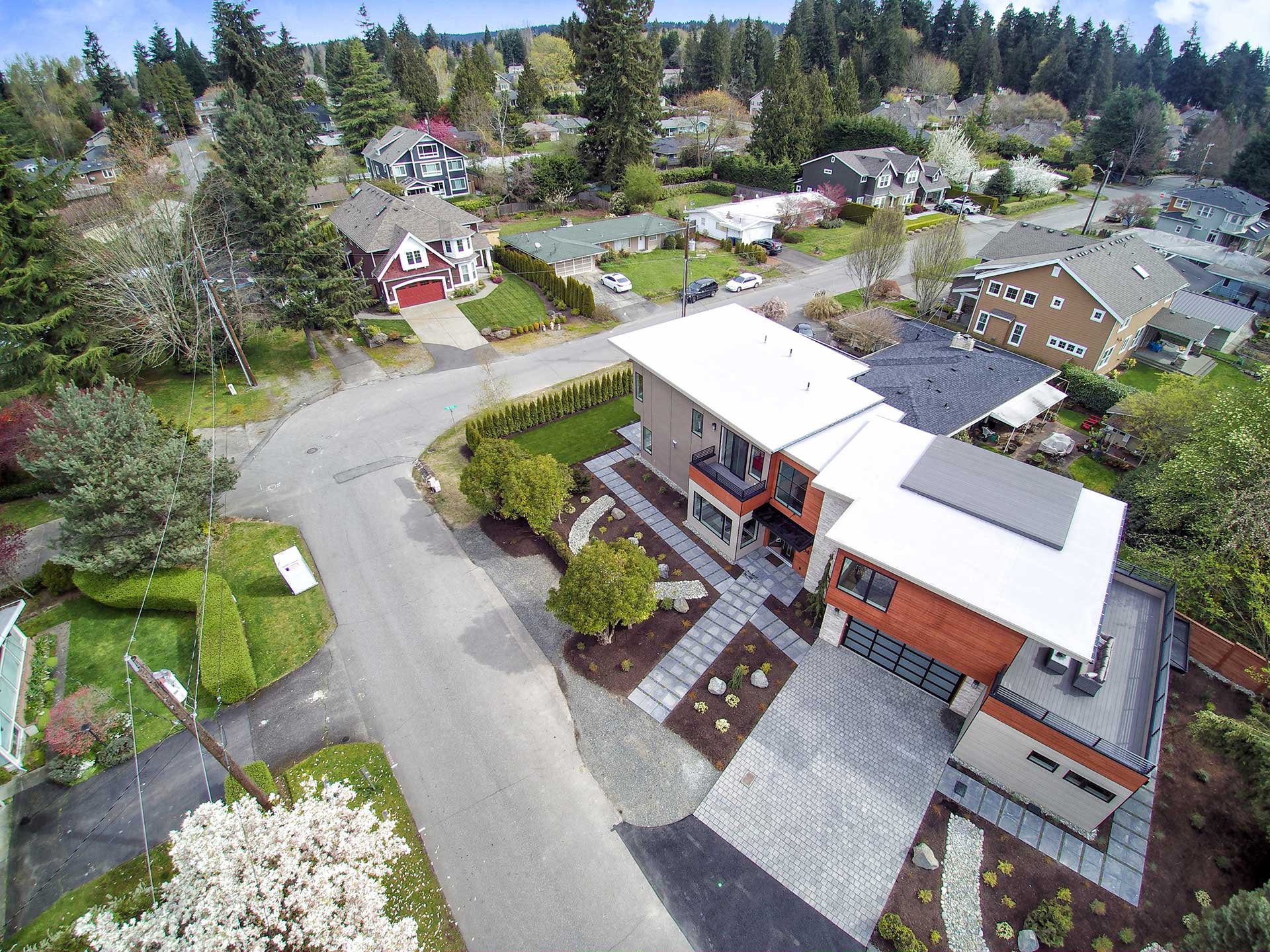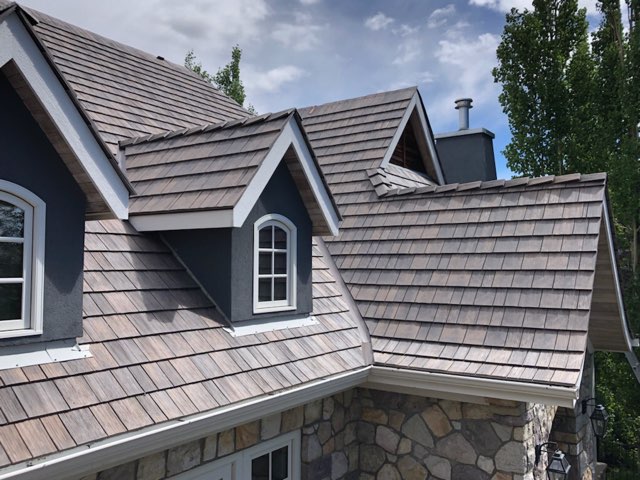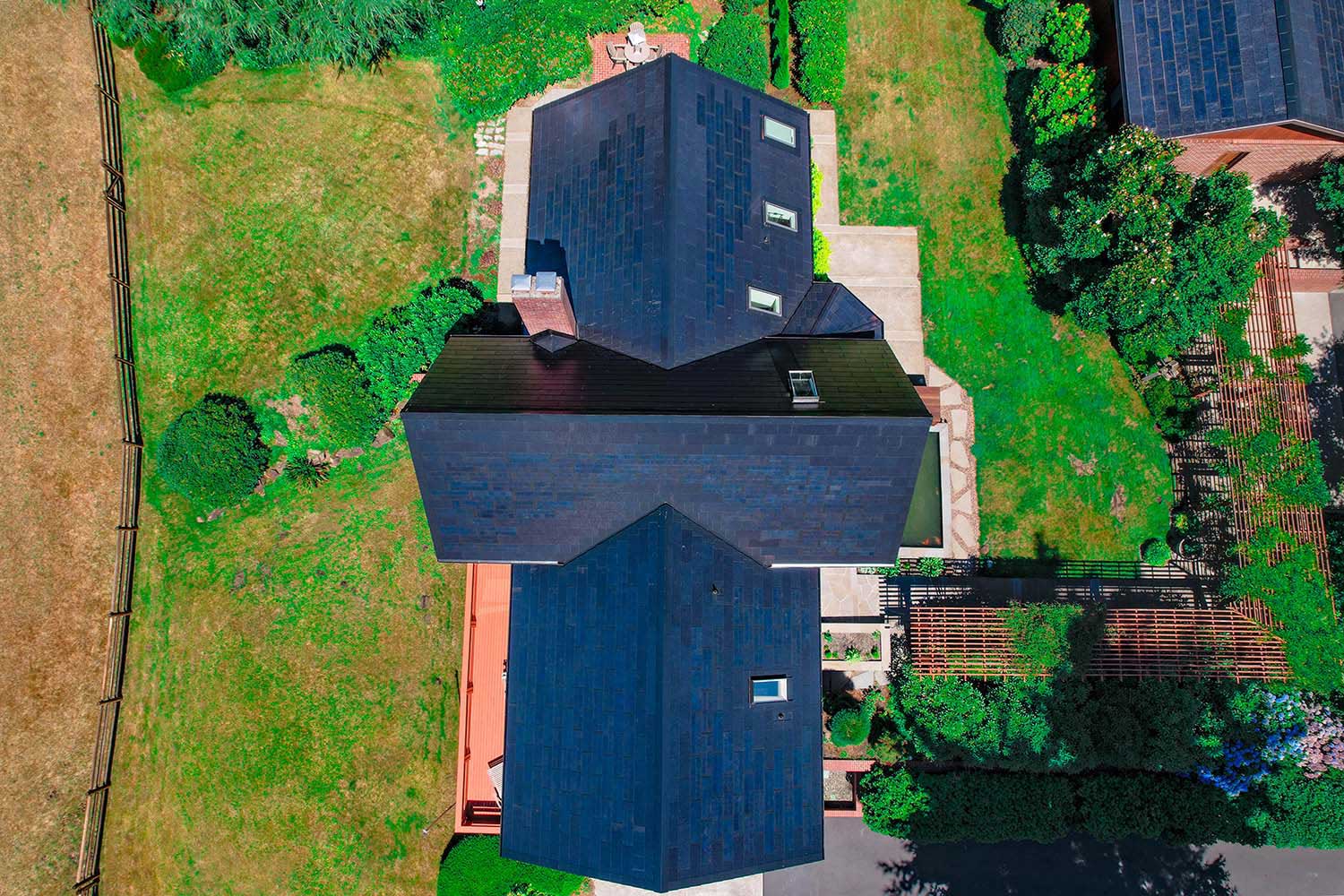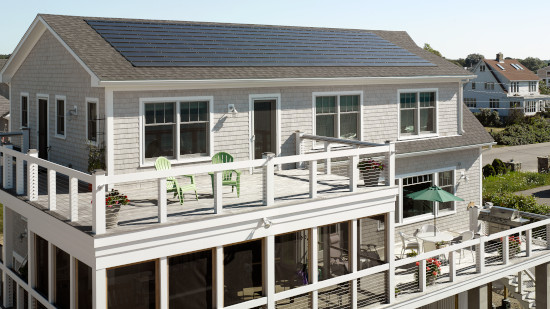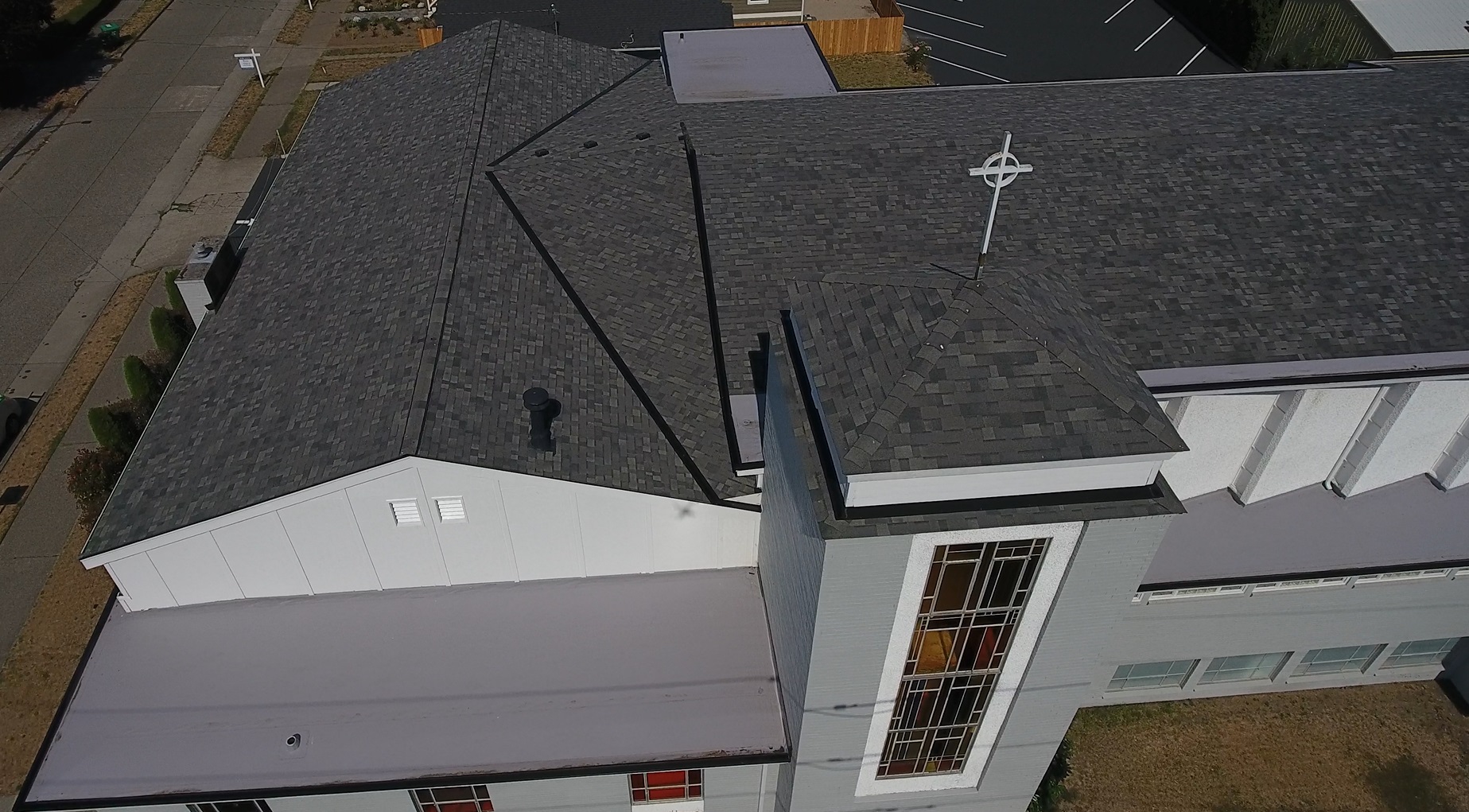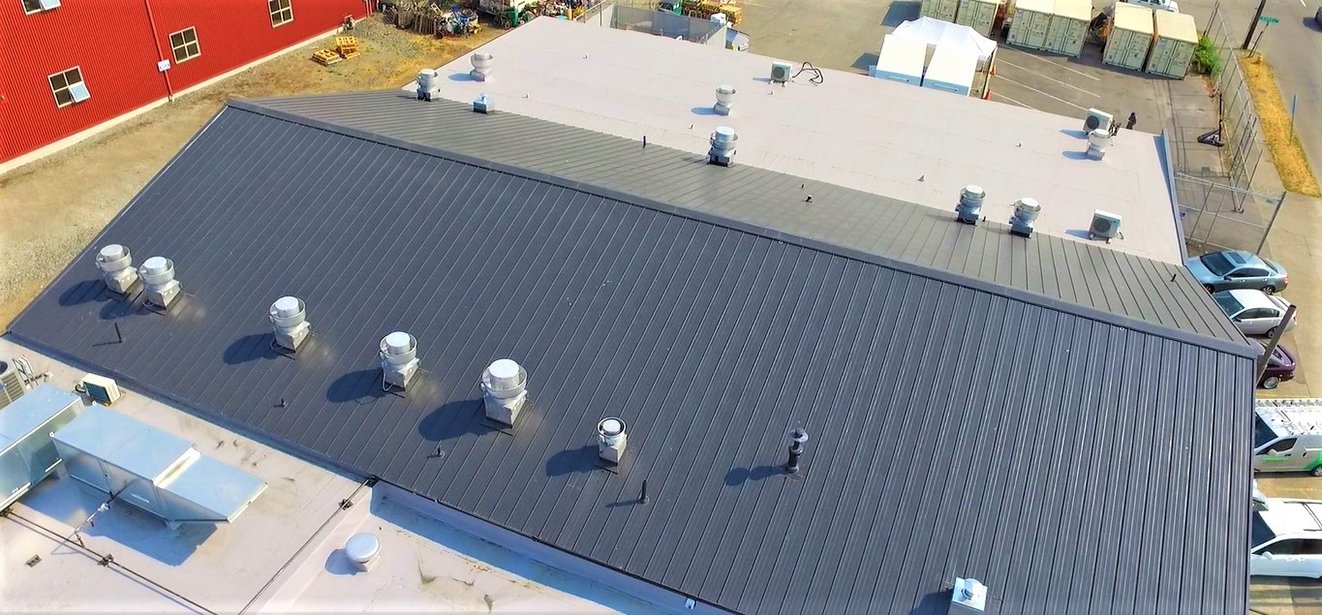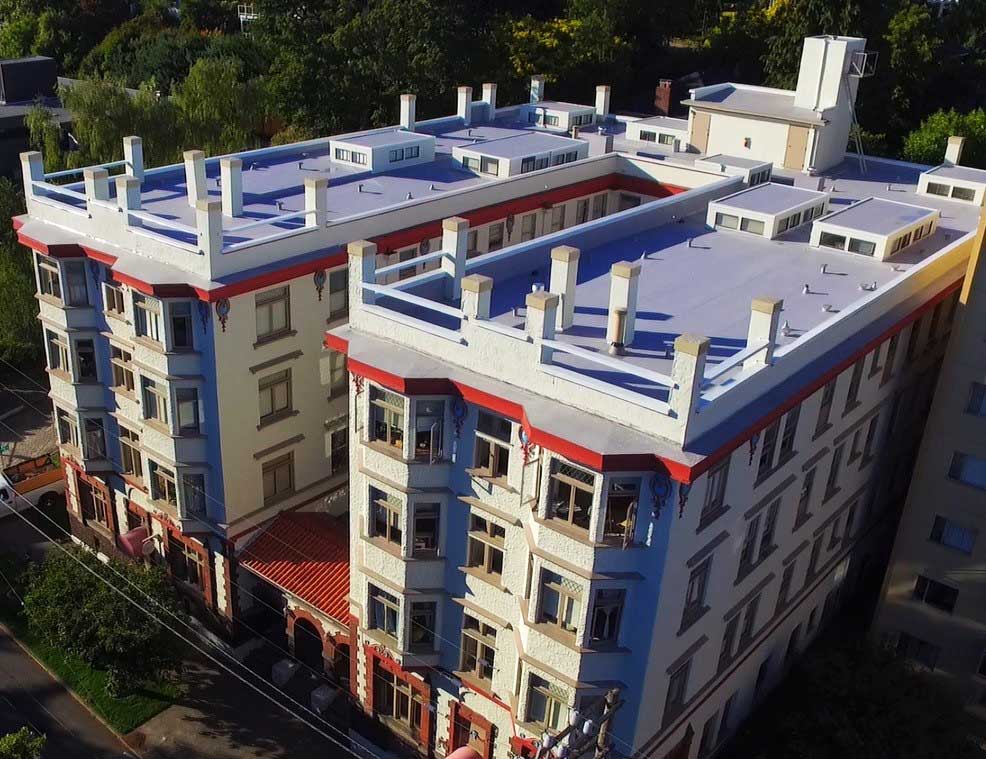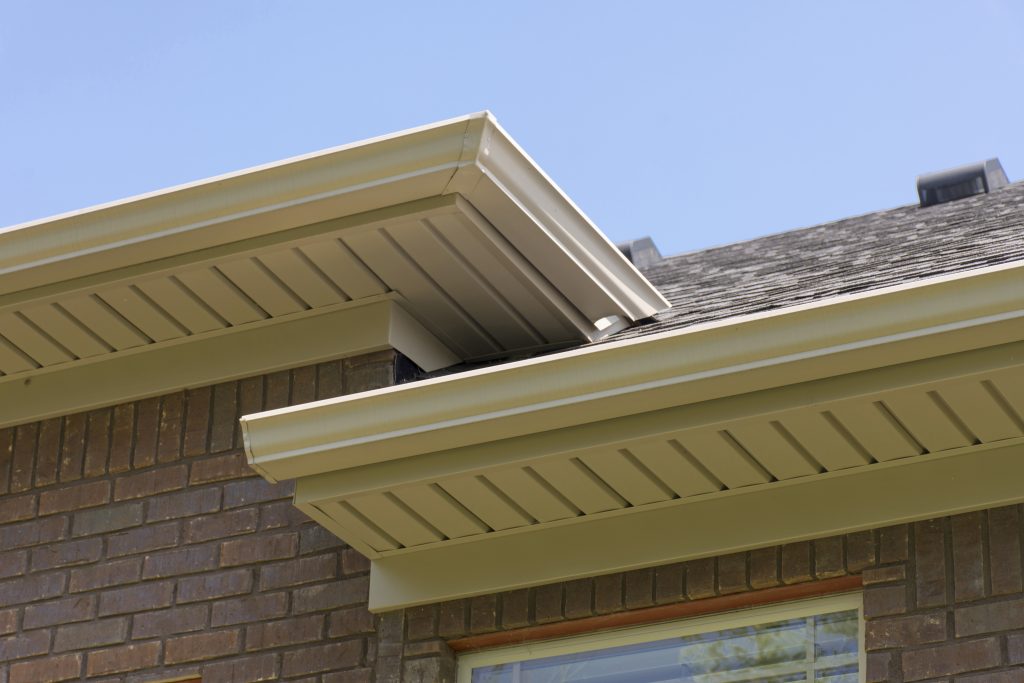Are you planning a metal roof replacement? Knowing what drives costs and which choices matter can help you plan with confidence. This guide walks through expenses, material options—with a focus on standing-seam steel—and practical tips to keep your project on budget.
Key Takeaways
- Metal roof replacement typically costs between $12,500 and $50,000 or more for a medium-size home, with most homeowners spending $25,000 or more.
- Corrugated Steel roof replacements generally cost between $7,500 and $19,500 or more for a 1500 square foot home.
- Copper roofs often run $30,00 to $55,000 or more for the same 1500 square foot home.
Due to the frequent changes in material lines and limited warranties, we do not install Copper metal or aluminum metal roofs. The metal roofs that we install are intended to be used on insulated buildings and come with the highest warranties in the industry. Aluminum also oil cans which can ruin the aesthetic and effectiveness of the roof.
Introduction to Metal Roofing
Metal roofing has become a top choice for many homeowners thanks to its exceptional durability, long lifespan, and ability to withstand even the harshest weather conditions. A new metal roof should last 40 years or more. This makes a metal roof a worthwhile investment for those looking to protect their home for decades.
The cost of a metal roof depends on several factors, including the type of metal used, the total square foot coverage, and the specifics of the installation process. For example, a 1,700-square-foot metal roof typically ranges from $15,000 to $35,000 or more, depending on material and labor.
Choosing a reputable roofing company for your metal roof installation is critical. Your roofer ensures proper installation methods, which are essential for maximizing your roof’s durability and service life. Choosing a certified roofing contractor, like Three Tree Roofing, also ensures that you receive warranties for both material and workmanship. For homeowners seeking a blend of longevity, performance, and value, metal roofing stands out as a smart, long-term solution.
Understanding Metal Roof Replacement Costs
Replacing a roof with metal involves several variable expenses. For a medium-size home, you can expect total costs between $10,500 and $43,500 or more, with most homeowners spending about $25,000 or more. These figures help set realistic budgets and make it easier to compare contractor bids. Other factors, such as roof pitch, location, and additional roofing components, can also significantly influence the total cost of a metal roof replacement.
Signs You Need a Replacement
Knowing when to replace your metal roof can save you from costly repairs and potential damage to your home. Common signs that it’s time for a replacement include fading or chalking paint, visible damage to the actual metal panels, and evidence of storm damage. For standing seam metal roofs, the Kynar 500 painted finish typically comes with a 30-50-year warranty; once this period ends, it’s wise for homeowners to start budgeting for a new roof. If you notice fasteners on a screw-down metal roof beginning to wallow out or loosen, it may indicate the need for a complete replacement.
Regular roof inspections by a professional roofing contractor can help spot early warning signs such as rust, corrosion, small holes, or other forms of wear and tear. Addressing these issues promptly can prevent leaks and structural problems, ensuring your home remains protected and your investment in metal roofing continues to pay off.
Benefits of Replacing Your roof with a Metal Roof
Replacing your roof with metal offers advantages beyond aesthetics: One of the main advantages is better durability compared to traditional roofing materials.
Higher Home Value
A new metal roof replacement can recoup nearly 48.1% of its cost at resale or more, according to Remodeling Magazine’s 2024 Cost vs. Value Report.
Lower Energy Bills
Reflective metal coatings can potentially reduce cooling costs thanks to heat-deflecting properties. Metal roofs also act as a cover that shields the building from heat and sunlight, further improving energy efficiency.
Long Lifespan
When installed correctly, metal roofing lasts 40 to 50 years or more, minimizing the need for full replacements. Most metal roofs are designed to last for several decades, providing long-term protection and value.
Low Maintenance
Occasional roof inspections and simple paint-pen touch-ups keep your roof in top shape. Scratches from falling objects or maintenance activities should be repaired promptly to prevent compromising the roof's finish and lifespan.
Eco-Friendly
Steel panels often include recycled content and are fully recyclable at the end of their service life.
Key Factors Influencing Replacement Costs
Several elements shape your final price tag, including the type of metal, quality of materials, overall size and complexity of the roofing system, ease of access to the rooftop, the condition of the existing roof, and the need for tearing off the old roof. Permit and roof inspection fees may also add to the total. Being aware of these factors lets you plan more accurately and avoid surprises.
Roofing Materials: Why Steel Wins
When weighing your metal roofing options, steel stands out for most homeowners: There are various options for addressing aging or damaged metal roofs, including repainting, repairing, or opting for a full replacement, depending on the roof's condition.
Durability & Strength
Steel metal panels resist dents, wind uplift, and hail. It takes quite a bit of force or severe weather to cause significant damage to steel metal panels. Their stiffness keeps ripples out of sight, and thicker gauges reduce “oil canning.”
Long Warranties
Nu-Ray Metals steel panels come with 40- to 50-year finish warranties, and Three Tree Roofing adds a 25-year workmanship warranty on every metal roof installation.
Cost-Effectiveness
Based on typical installed costs, a quality steel roof for a medium-size home often costs between $7,500 and $19,500 or more.
Eco-Friendly
Many steel panels contain 30% recycled content and are 100% recyclable at end-of-life.
Aluminum and copper have niche uses—aluminum resists saltwater corrosion but may show imperfections, while copper is ideal for decorative accents but carries high material and labor costs. Steel’s balance of performance, warranty length, and price makes it the top pick among many homeowners.
Comparison to Other Roofing Materials
When comparing metal roofing to other popular roofing materials like asphalt shingles, metal roofs consistently come out ahead in several key areas.
Metal roofs are renowned for their superior durability, able to withstand high winds, hail, and other extreme weather events that can quickly damage traditional shingles. Their sleek appearance can boost your home’s curb appeal, and the reflective coatings on metal panels help reduce cooling costs, making your home more energy efficient.
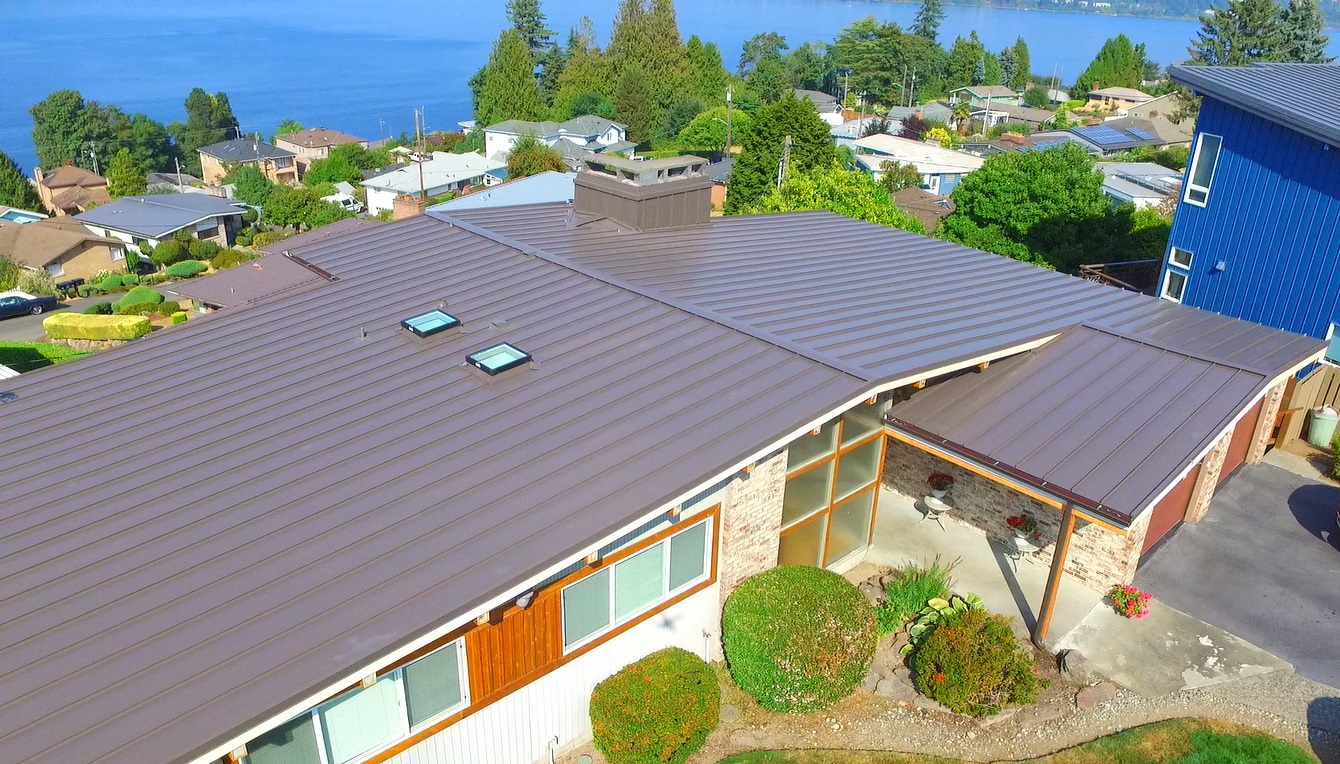
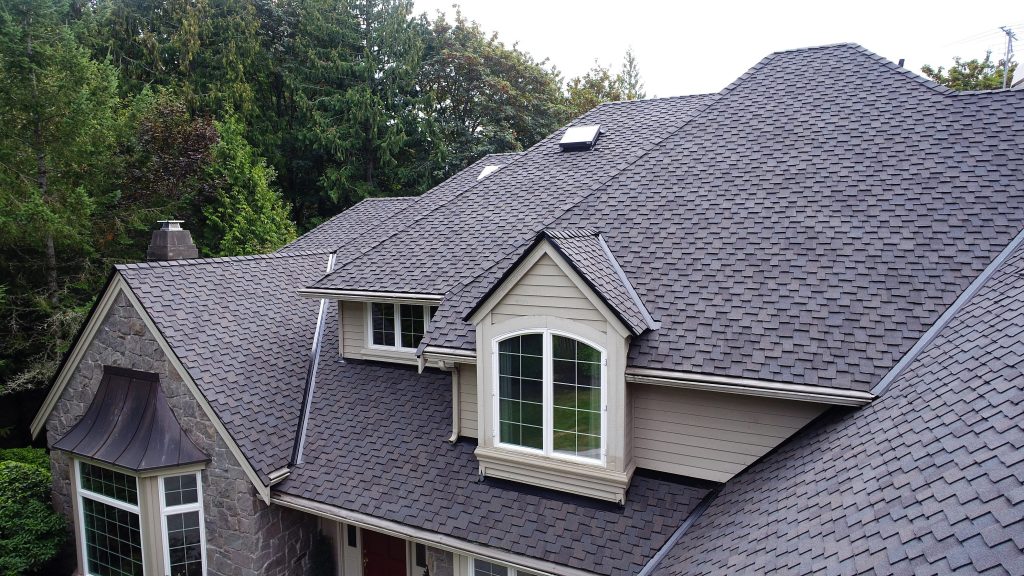
While the initial cost of a metal roof is often higher than that of asphalt shingles, many homeowners find that the long-term savings—thanks to lower maintenance, fewer repairs and replacements, and reduced energy bills—make it a significant investment. Metal roofs are also more resistant to corrosion, including saltwater corrosion, making them an excellent choice for coastal properties.
Although the installation process for metal roofing can be more complex and labor-intensive, the enhanced protection, longevity, and value provided by a new metal roof make it a preferred option for those seeking the best in residential roofing.
Learn more about comparing Metal Roofing vs. Composite Shingles Roofing
Professional Installation vs. DIY
Importance of Professional Installation
A metal roof is a long-term investment that protects your home and adds significant value. Professional installation is crucial to ensure that your roofing system performs as expected over its lifespan. Certified roofing contractors have the expertise, specialized tools, and knowledge to install metal panels correctly, ensuring a watertight seal and proper attachment. This not only maximizes durability and energy efficiency but also helps maintain the validity of manufacturer warranties. Choosing professional installation minimizes the risk of costly repairs, premature roof failure, and potential damage to your home’s structure, making it a worthwhile investment for peace of mind and long-lasting protection.
- Meets all local codes and manufacturer specs.
- Comes with both material and labor warranties.
- Uses specialized tools like roll formers.
- Ensures safety on steep or high roofs.
For guidance and to ensure your installation meets all requirements, contact a professional roofing contractor. If you are in the greater Seattle area, call us, Three Tree Roofing at 1-206-312-7663 (ROOF).
DIY Challenges
While the idea of installing a metal roof yourself might seem appealing to save money, DIY metal roofing comes with significant challenges and risks. Metal roofing installation requires specialized knowledge, skills, and equipment that most homeowners do not possess.
Some key DIY challenges include:
- Costly Equipment and Training: Proper installation tools like roll formers, hand brakes, and safety gear are expensive and require training to use effectively.
- Warranty Risks: Mistakes made during DIY installation can void manufacturer warranties, leaving you unprotected against future issues.
- Time-Consuming Process: Without experience and a skilled crew, installation takes significantly longer, delaying project completion.
- Safety Hazards: Working on roofs involves risks of falls and injuries, especially on steep or high-pitched metal roofs.
- Complex Techniques: Ensuring a watertight seal and correct fastening requires precision and understanding of metal roofing systems.
For most homeowners, hiring a professional roofing contractor with certified expertise ensures proper installation, maximizes the roof’s lifespan, and protects your investment.
Hidden Costs of Poor Installation
Proper installation is critical to the long-term success of your metal roof. Poor workmanship, including frequent repairs, reduced lifespan, and voided warranties are all potential results of poor installation.
Loose fasteners and flashing failures can lead to leaks, while improper underlayment or clips may allow moisture intrusion that damages the roof structure. Gaps and missing watertight sealants not only cause energy loss but also increase heating and cooling costs.
Poor installation of a metal roof can result in a wide range of problems that compromise the roof’s performance, durability, and lifespan. Here are some common issues caused by improper installation:
Leaks and Water Intrusion
Failed fasteners—whether over-tightened, under-tightened, or the wrong type—create entry points for water. Poorly formed seams between metal panels leave gaps that allow moisture to penetrate. Improper flashing installation around chimneys, skylights, valleys, and roof edges can cause drips and seepage. Misapplication or skipping of sealants and tapes lets moisture bypass joints. Additionally, using the wrong underlayment or skipping it altogether removes a critical moisture barrier, increasing the risk of water damage.
Corrosion and Rust
Corrosion can develop on the underside of panels if they aren’t properly coated or if moisture becomes trapped against insulation. Contact between dissimilar metals—such as steel touching copper or concrete—can cause galvanic corrosion. Exposed raw metal edges are prone to cut-edge rust, also known as “edge creep,” which can rapidly degrade the roof’s integrity.
Oil Canning (Panel Buckling)
Visible waviness or buckling in flat metal panels, known as oil canning, often results from stress due to improper allowances for thermal movement. This can be caused by over-production, mishandling during transport or installation, or insufficient spacing for expansion and contraction.
Scuffing and Scratching
Panels that are scratched during handling, roll-forming, or installation become vulnerable as the protective coating is compromised. Walk-on traffic in ladder areas or improper use of edge guards can gouge the finish, accelerating wear and corrosion.
Chalking and Fading
UV radiation breaks down paint resins over time, producing a whitish chalky residue on the surface. Uneven fading can alter the roof’s color and detract from its aesthetic appeal.
Panel Alignment and Measurement Errors
Misaligned or incorrectly measured panels create gaps and uneven stress points, increasing the risk of leaks and structural issues.
Fastener and Clip Failures
Thermal cycling can loosen or cause fasteners to fall out, leading to leaks and panels lifting. Insufficient numbers of clips or screws may fail to meet wind-uplift specifications, putting the roof at risk during storms.
Thermal Expansion Problems
Neglecting to account for metal expansion and contraction can cause buckling, seam separation, and fastener fatigue, all of which undermine the roof’s integrity.
Underlayment Failures
Using the wrong type of underlayment, such as non-rated ice and water shields, can lead to melting or tearing under heat. Skipping underlayment removes a vital moisture and vapor barrier.
Flashing Mistakes
Incorrectly sized or poorly seated flashing around roof penetrations like pipes, vents, and dead valleys can allow water infiltration.
Ventilation and Condensation Issues
Lack of proper ridge and soffit vents traps moisture in the attic space, promoting mold growth, wood rot, and ice dam formation.
Incorrect Roof Slope and Ponding
Installing metal panels on roofs with insufficient slope causes water to pool, increasing the chance of seepage under seams.
Noise Amplification
Skipping insulation or underlayment increases interior noise from rain and hail, making the home less comfortable.
Denting and Impact Damage
Using panels not rated for local hail or falling debris can result in dents that compromise the roof’s seal and appearance.
Voided Warranties
Using incorrect materials or unlicensed installers can void manufacturer warranties on finishes and labor, leaving homeowners unprotected.
Installation Safety Hazards
DIY projects or untrained crews lacking proper fall protection and rigging put workers at serious risk of injury.
Higher Lifetime Costs
All of these issues contribute to frequent repairs, premature roof replacement, and increased energy bills, ultimately raising the total cost of ownership.
Proper installation by a professional roofing contractor is essential to avoid these pitfalls, ensuring your metal roof performs well and lasts for decades.
A professional roof installation by certified roofing contractor crews saves money and stress over the roof’s lifetime. Having professionals install your metal roof is essential to avoid costly mistakes and ensure long-term performance.
Learn more: How long does metal roofing last?
Tips to Save Money on Metal Roof Replacement
Saving money on a metal roof replacement is possible with careful planning and smart decisions. Start by obtaining multiple quotes from reputable professional roofing contractors to compare prices and services.
Scheduling your installation during off-peak seasons, such as late fall or winter, can often result in lower labor costs and quicker scheduling. Consider financing options or seasonal promotions offered by contractors to help spread out expenses.
Additionally, maintaining your existing roof with timely metal roof repair or repainting can extend its service life and delay the need for a complete replacement, ultimately saving money in the long run. Finally, choosing the right type of metal roof and materials that balance durability and cost-effectiveness will ensure you get the best value for your investment.
- Get Multiple Quotes: Obtain at least three detailed bids from reputable metal-roof contractors to compare prices, materials, and warranties.
- Schedule Off-Peak Installation: Booking work in late fall or winter can lead to lower labor rates and faster scheduling.
- Ask About Financing & Promotions: Inquire with contractors about seasonal discounts, promotions, or financing options like home-equity lines of credit to spread out costs.
- Make an Informed Decision: Carefully evaluate whether repair, repainting, or full replacement is the best option for your roof’s condition and long-term performance to ensure you make an informed decision.
Certified Nu-Ray Metal Roofing Installers
At Three Tree Roofing, our crews are factory trained and Nu-Ray certified. You get:
- Factory-formed metal sheets built to exact specs.
- Hidden-fastener systems that protect fasteners from corrosion.
- 40- to 50-year finish warranties on materials.
- 25-year workmanship warranty on all metal roof installations.
Call us at 206-312-7663(ROOF) or contact us online if you are in the Seattle area and are in need of a roof replacement.
Summary
Metal roof replacement costs depend on the type of metal roof, roof size and complexity, site access, and removal of the old roof. Steel roofing offers the best mix of strength, warranty length, and cost-effectiveness. Upgrading insulation during a metal roof replacement can further enhance energy efficiency and comfort. Hiring certified installers keeps your warranties intact and helps your roof reach its full 40–50 year lifespan or more. By comparing quotes, timing your project wisely, and exploring financing, you can manage costs without sacrificing quality.
Three Tree Roofing Metal Roofing Services
Three Tree Roofing provides metal roofing solutions for any type of building, including commercial and industrial properties.
